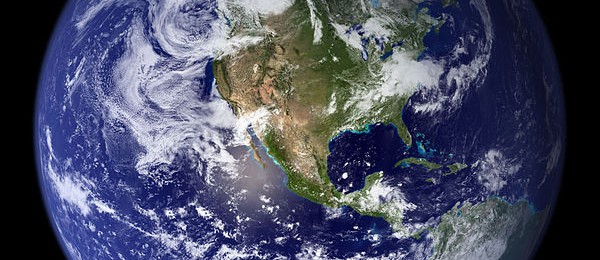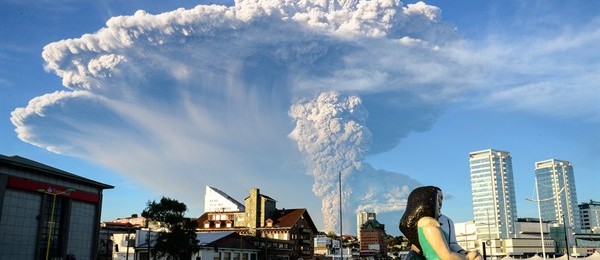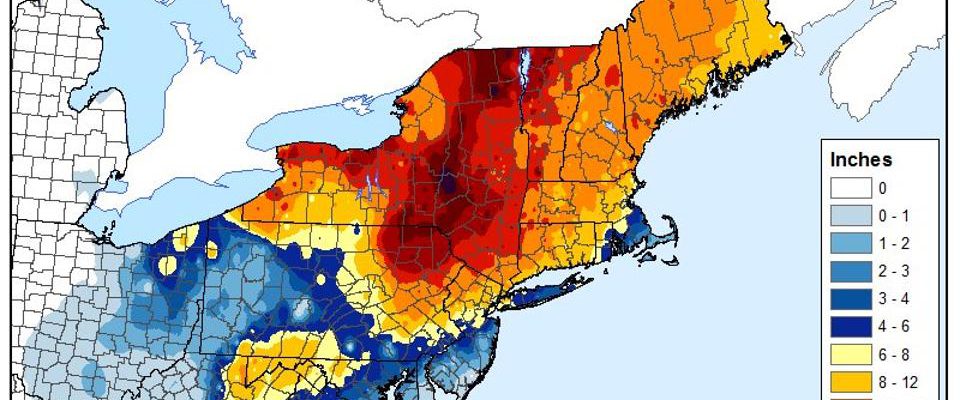Climate science
-

When someone says to me that the climate is always changing, I inwardly roll my eyes and agree with them that climate has definitely changed over time and is still changing due to natural variability like El Niño (short-term) and orbital variations that cause ice ages (long-term). Climatologists have been studying these changes for a…
Posted in: Climate science -
People that are skeptical about the warming effect of carbon dioxide often point to the fertilization effect of CO2 on plants, causing them to grow more rapidly. Of course, that is just one factor in the growth of plants–they also need water, nutrients and sunlight to grow. A New York Times article this week describes…
-

I occasionally hear someone say that volcanoes emit more carbon dioxide than any manmade source. The blog at NOAA’s Climate.gov discusses this “fact” and shows that in fact human activities such as burning fossil fuels, deforestation and cement production put out 60 times as much CO2 as natural sources like volcanic eruptions. Of course, for…
Posted in: Climate science -

People frequently mix up weather and climate when they discuss the impacts of climate change. For example, you can still get a snowstorm (weather) as the winters get warmer (climate). The Christian Science Monitor has a good simple explanation of some of the differences in this article from early March. As you’ll see, the relationship…
-

Many weather forecasters never publish stories of how their forecasts verified, although many of the best ones will take the time to discuss what went wrong when the forecast seriously busted. Here NOAA provides us with a look at how their winter forecast did compared to what they predicted last year. You can read their…
-

The Weather Channel showed a video story yesterday on the new types of clouds that have been officially recognized by the World Meteorological Organization (WMO). I’ve talked about some of them before but, hey, you can never get tired of looking at pictures of clouds. The video story can be found here. And don’t forget…
-

This week in the aftermath of the Northeast blizzard and accusations of a bad forecast there, Dr. Marshall Shepherd of UGA discusses perceptions of good and bad forecasts in his latest blog post at Forbes.com. In some cases, the forecast is quite good but the timing or the placement of the biggest impacts occurs at…